The Columbia River is finally getting the same federal attention as the Great Lakes, Puget Sound and other legacy American waterways
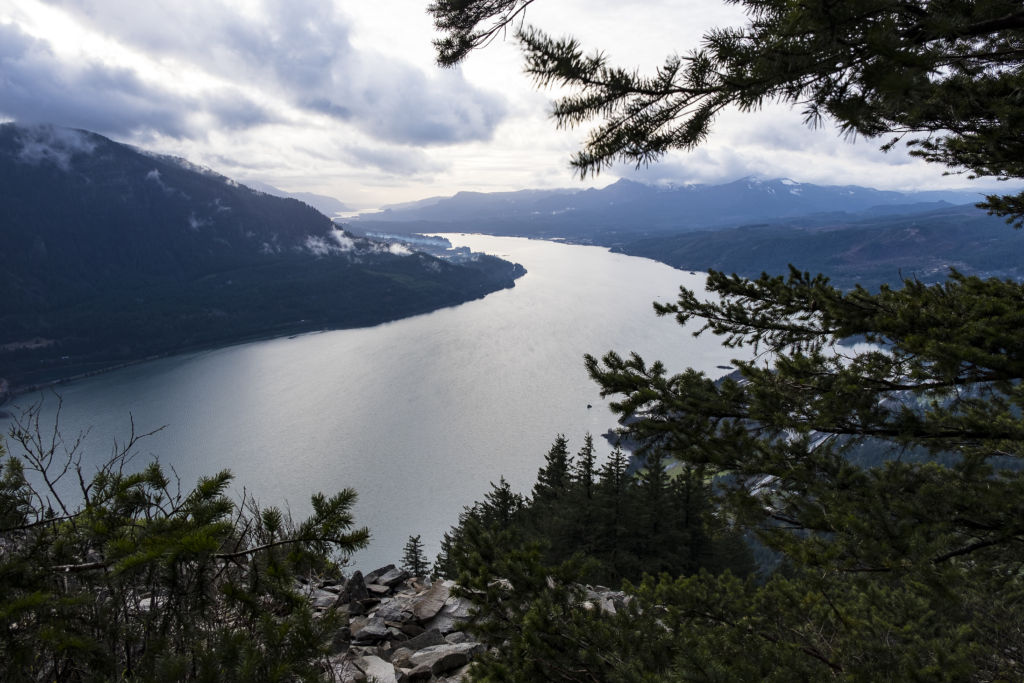
River bank: Projects across the Columbia River Basin are getting a big infusion of federal funds. Photo by Jurgen Hess
By Chuck Thompson. September 16, 2020. For decades the stewards of the Columbia River Basin at the Environmental Protection Agency have wanted what other major American watersheds have enjoyed—federal funding for large-scale research and restoration projects. Now they’ve finally got it.
On Wednesday, the EPA announced it would disperse more than $2 million in grants to fund 14 major environmental protection and restoration projects across the Columbia River Basin. Grants for the newly created Columbia River Basin Restoration Funding Assistance Program come through a Clean Water Act Geographic Programs appropriation to the EPA.
“In a time of not much good news, this is really good news,” said Mary Lou Soscia, Columbia River coordinator for the EPA.
The EPA grants will fund a variety of projects in Washington, Oregon, Idaho and Montana. Grant recipients and partners include state, local and tribal government agencies, NGOs, universities, community organizations and other groups.
MORE: Thermal hopscotch: How Columbia River salmon are adapting to climate change
Project areas include monitoring and reducing agricultural pesticides in the Basin; accelerating water quality protection programs on agricultural lands in Idaho, Oregon and Washington; research on mainstem Columbia River fish tissue; water quality monitoring in the City of Vancouver Columbia Slope; watershed toxics assessment in the Clearwater River; reducing contaminants in the lower Columbia River; and consumption and awareness of toxics in lake trout in Flathead Lake, Montana.
“It’s like a ‘dream come true’ list of projects,” said Soscia. “It’s a gigantic step forward.”
The grants will help initiate new projects and expand others.
“It’s capacity funding to scale up Salmon-Safe certification across the interior Columbia Basin,” said Dan Kent, executive director of Portland-based Salmon-Safe, which was awarded $190,000 for a project to reduce toxics in the Columbia River Basin watershed by guiding at least 60 farms in Washington and Idaho to safer practices. “On the ground, that means working collaboratively with growers to transition to Salmon-Safe farming practices that protect water quality and habitat.”
A project run by the University of Idaho’s Water Resources Research Institute will monitor mercury in the tissues of crayfish in two sub-watersheds, the Spokane River Basin in Idaho and Washington, and Boise River Basin in Idaho. The project was awarded $198,957.
“This is seed money in order to fund travel, analytic chemistry and (other activities) that are very expensive,” said Alan Kolok, director of the Water Resources Research Institute. “It will be transformative.”
A political ‘champion’ for the Columbia Basin
Regional planners at the EPA have been actively pursuing federal funds for evaluation and restoration programs in the Columbia River Basin since at least 2004.
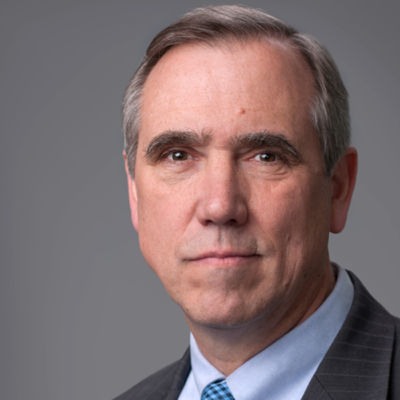
Basin bargainer: Oregon Senator Jeff Merkley persisted in closing a Columbia River deal. Courtesy of Jeff Merkley
While researchers of other large U.S. waterways and watersheds have been the recipients of federal largesse in the wake of the Clean Water Act of 1972, the Columbia River Basin been overlooked, partly because environmental projects funded through the Bonneville Power Administration have obscured greater needs. The Great Lakes, for example, receive about $500 million a year, Puget Sound about $250 million a year.
Starting with Nixon administration officials in the 1970s, Maryland Senator Charles Mathias campaigned to make restoration of Chesapeake Bay a national priority; his efforts paid off with the Chesapeake Bay Agreement of 1983, which guides the restoration of Chesapeake Bay and its watershed. Michigan Senator Carl Levin’s tireless push for cleanup and revitalization of waters in his region culminated with passage of the Great Lakes Legacy Act of 2002.
What the Columbia River Basin has been lacking is a similar political campaigner in Congress. From near the start of his arrival in Washington, D.C., in 2009, Oregon Senator Jeff Merkley has endeavored to assume that role. Years of work by Merkley and his staff have been key to the grants announced this week.
“He was amazing, he was determined,” said Soscia.
The Clean Water Act amendment known as Section 123 that approved funding for the EPA grants actually passed the Senate in 2016. But it lacked support in the House of Representatives.
The congressional environment changed in 2019, when the House flipped to Democratic control. But key partners still needed to be brought on board, especially from Idaho. Some likely supporters objected to passages regarding toxics in Merkley’s original proposal. It took several rounds of language revisions before a winning coalition could be brought together to get the appropriation approved.
“We’ve never had a champion in the Columbia River Basin,” said Soscia. “(Merkley) worked extremely hard to get this done.”
The Columbia River Basin Restoration Funding Assistance Program appropriation authorizes a maximum of $50 million annually for projects in the region. This means the $2,053,903 in total grants announced for the coming year could be the start of something much bigger for the Basin. A real legacy act, perhaps.
Chuck Thompson is the editor of Columbia Insight.





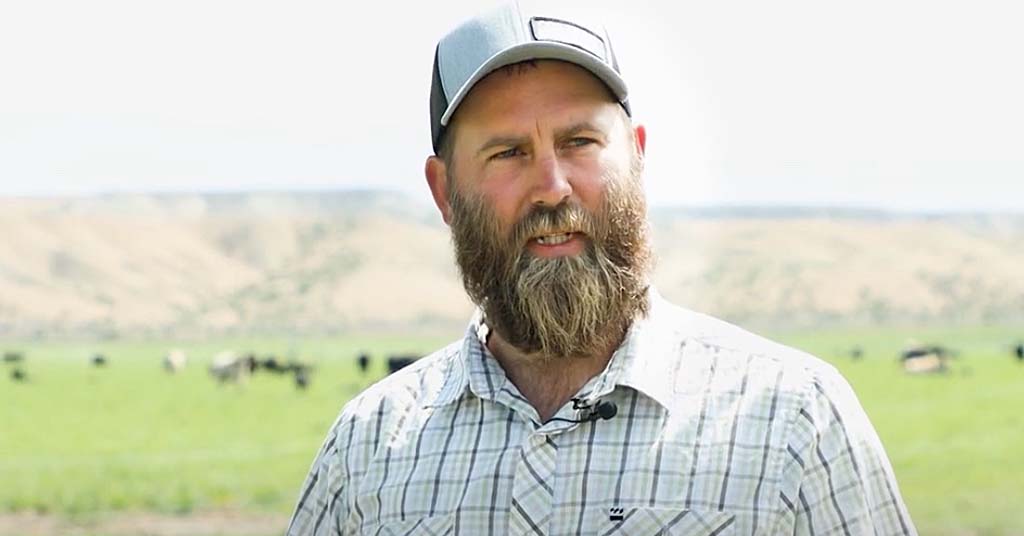
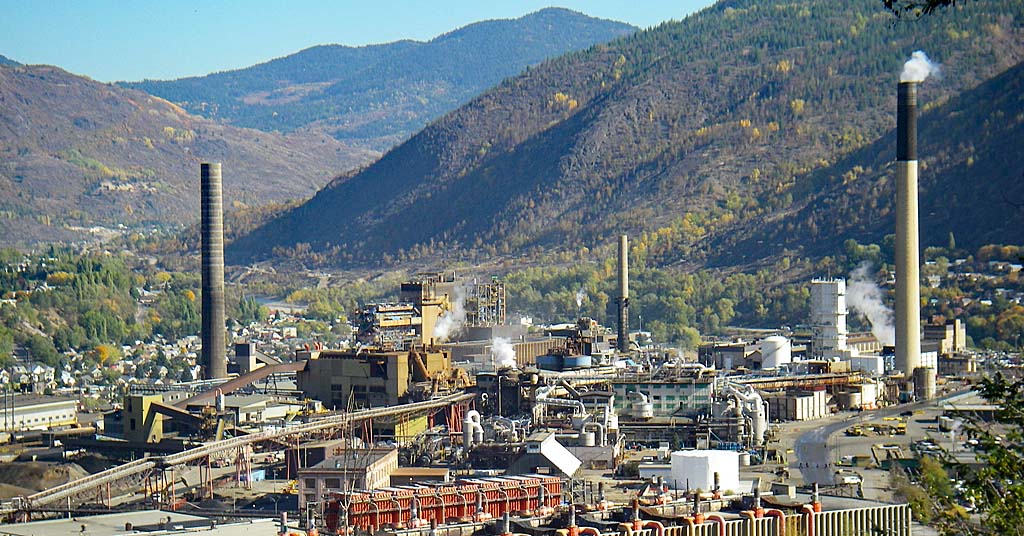
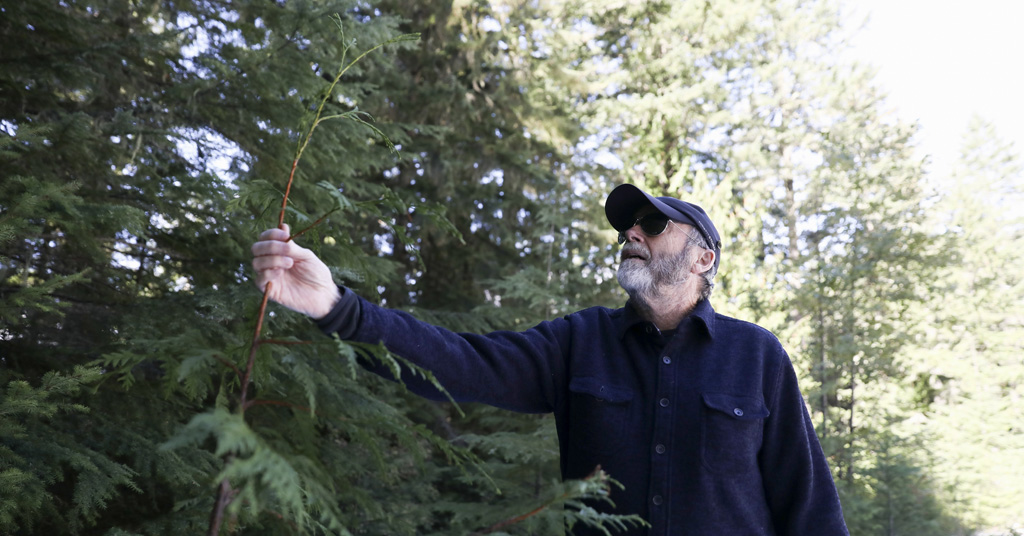



Thank you for the story. Is there a list of all of the projects that were funded? We would conjecture that money has never been the limiting factor in the Columbia Basin in order to turn around the trajectory of environmental degradation – it is that the money in the basin has never been spent strategically to address the key limiting factors.
You can find a list of grant recipients here: https://www.epa.gov/columbiariver/columbia-river-basin-restoration-funding-assistance-program#awards
Hi David, do you have a document or list of what your group thinks are the key strategic factors that need work? My work eamil iwaite@usgs.gov